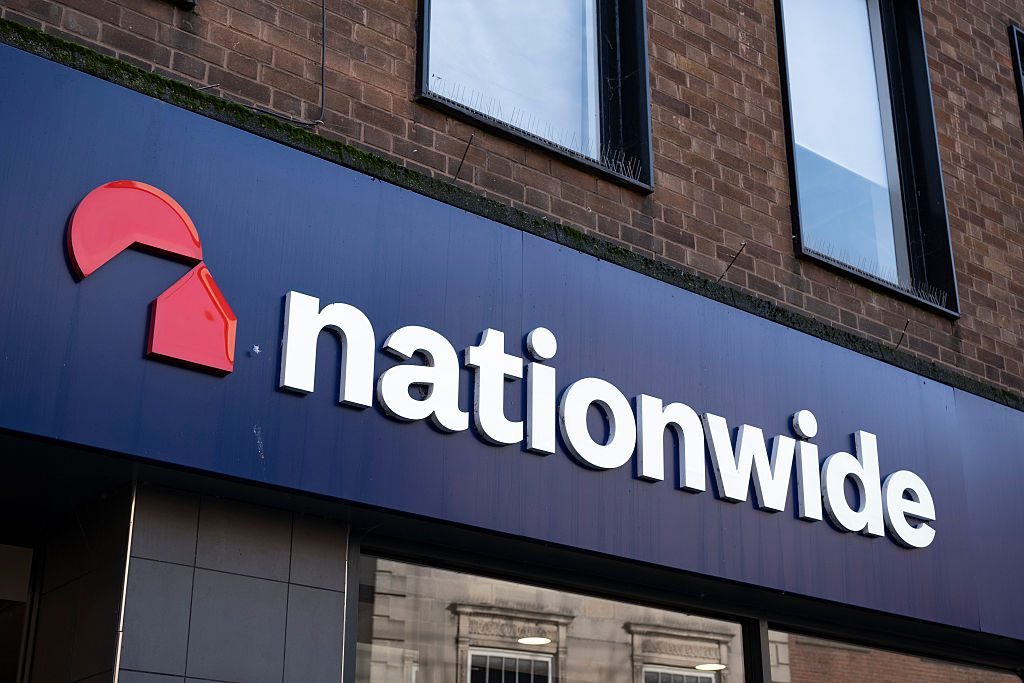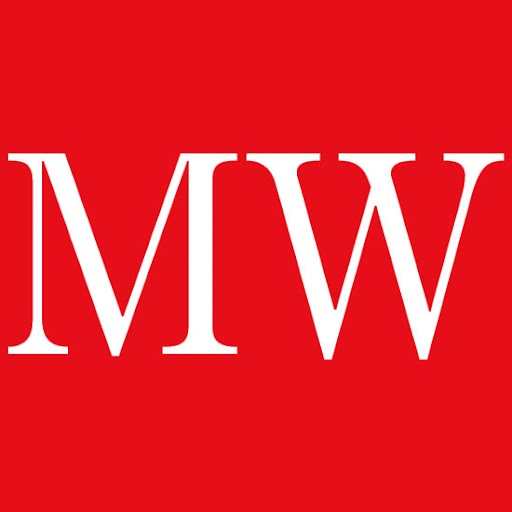Are we seeing the return of stagflation?
The credit crunch is tightening its grip: in the US, repossessions have jumped 90% so far this year. But despite the downturn, inflationary pressures are rising.
Forget the recession debate the question now is "how hard the landing will be", said Merrill Lynch's David Rosenberg.
Given the latest miserable data from the US, it's hard to disagree. The credit crunch is tightening its grip, with borrowing costs for financially healthy households and firms up by as much as 0.5%, despite the 1.25% cut in interest rates over the past month, said Capital Economics.
Manufacturing activity in the northeast of the US has sunk further into recession territory, while consumer confidence plummeted to a five-year low in February amid surging energy prices and the collapsing housing market.
MoneyWeek
Subscribe to MoneyWeek today and get your first six magazine issues absolutely FREE

Sign up to Money Morning
Don't miss the latest investment and personal finances news, market analysis, plus money-saving tips with our free twice-daily newsletter
Don't miss the latest investment and personal finances news, market analysis, plus money-saving tips with our free twice-daily newsletter
According to the Case-Shiller index, prices fell by 5% in the fourth quarter, compared with 1.8% in the third; in 2007 they were down by almost 9%. Repossessions jumped by 90% in the year to January 2008. With house prices plummeting, debt-soaked consumers who tapped their homes for cash during the boom, thus underpinning growth, are cutting back.
Inflationary pressure rises...
But despite the downturn, inflation is on the up. Consumer price inflation jumped to "a more than slightly alarming" 4.3% in January, said Gerard Baker in The Times. Indeed, last month the prices of three quarters of the goods in the index climbed by over 2%. That suggests inflation is not simply "spiking" in response to short-term cost pressures but becoming "embedded", just as it did in the late 1960s. Producer prices were up 7.4% on an annual basis, the biggest advance since 1981.
With the Fed committed to further rate cuts, "it is effectively playing a game of chicken with stagflation", said Michael Woolfolk of Bank Of New York Mellon. No wonder the dollar has slid to a new low of $1.50 against the euro.
...on both sides of the Atlantic
Slowing growth with sticky inflation is also the key theme in the UK, albeit to a lesser degree. The Bank of England's deputy governor Rachel Lomax this week said that the financial stress is likely to act as a significant drag on growth over the next two years. But higher commodity prices are feeding through into inflation, which could become entrenched if people come to expect further price rises thus giving the Bank less scope to respond to slowing demand.
On the same day, a CBI survey reported a 3% decline in sales volumes this month, the first negative result since late 2006. But almost half of retailers reported higher prices, the highest balance since 1996 and they expect prices to keep climbing. Given this, said Damian Reece in The Daily Telegraph, I give Lomax's "view of life rather more credence" than Alistair Darling's wittering about Britain's "strong and stable" economy.
Get the latest financial news, insights and expert analysis from our award-winning MoneyWeek team, to help you understand what really matters when it comes to your finances.
MoneyWeek is written by a team of experienced and award-winning journalists, plus expert columnists. As well as daily digital news and features, MoneyWeek also publishes a weekly magazine, covering investing and personal finance. From share tips, pensions, gold to practical investment tips - we provide a round-up to help you make money and keep it.
-
 Football fans issued warning over ticket scams ahead of 2026 World Cup
Football fans issued warning over ticket scams ahead of 2026 World CupSantander customers lost more to football scams in the first six months of 2025 compared to the same period in 2024, when total losses surged due to the Euros
-
 Nationwide fined £44 million over “inadequate” anti-money laundering systems
Nationwide fined £44 million over “inadequate” anti-money laundering systemsFailings in Nationwide’s financial crime processes between October 2016 to July 2021 meant one criminal was able to deposit £26 million from fraudulent Covid furlough payments in just eight days.

